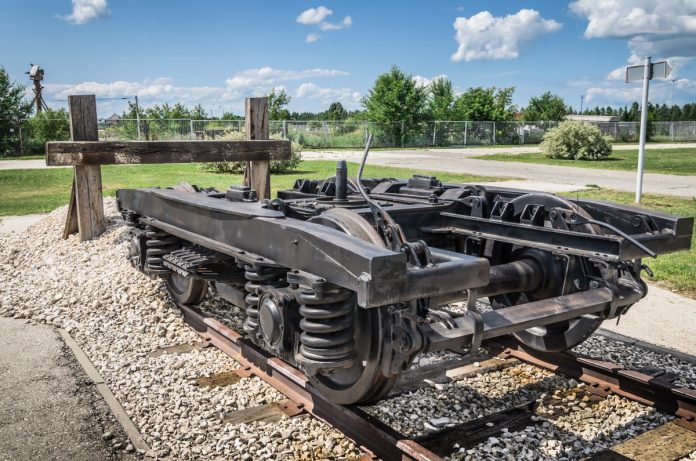Particularly for bogies with flattened wheels, the Internet of Trains can bring all-round benefits, writes ZNAPZ CEO Marcel Van Velthoven
The Internet of Things is entering our world more than we realise. Many pieces of equipment today have sensors, supplying us with all kinds of information. Obviously we have internet access on mobile devices such as smart phones, and our mobile devices can make use of this data to tell us, for example, what movements we made today and how that may affect our health. With the growing popularity of health apps, we are rapidly getting used to this.
That a similar “health device” also exists in trains – in bogies, to be very precise – is probably not known to most people. However, with the huge number of passengers using rail transport today (1.65 billion on franchised rail services in the UK in 2015, according to the UK Office of Rail Regulation, and well over 547 million in the Netherlands), we all experience the result of the improved technology.
As I wrote in an earlier article, trains are equipped with many devices, giving us a lot of information about the train’s health and performance. Sensors inside doors indicate their level of wear and tear, and whether they are still able to close safely within the expected amount of time. Sensors in the water basins of toilets indicate if they can still be flushed and hence are clean to be used. This goes on and on.
What are the consequences of wheel flattening?
An important part of the train is the bogie, containing amongst other components the wheels that are in contact with the tracks. It is because of the wheels on the track that trains have a lower resistance and run more efficiently than any other form of transport. However, the wheels of rail vehicles are exposed to high wear and tear. This leads to “flattened wheels”. One can imagine that even the smallest flat surface on a wheel can lead to problems. First it causes the wheel to hit the track instead of rolling across the track, causing track and wheel to endure a higher force and resulting in damage to both elements. But where is this happening, at what speed, with what force, and what are the consequences, short and longer term?
Rail infrastructure companies have extended the track with sensors. These sensors indicate the temperature and pressure of the wheels passing by. This is combined with the load of the train and the temperature of the air. With this set of data, it is possible to identify which wheel on which bogie of which train is flattened and relatively how much. The combination of this data supports the maintenance of the trains and the tracks.
Automatically, via the ‘Internet of Trains’, a signal can be sent to the train operator, informing them that a specific train has wheels that have a deviation (roundness) that is beyond an acceptable tolerance. This information can be fed back to the maintenance department who can now quickly plan and execute a wheel correction. This prevents further deterioration of the wheels, and because the deviation is detected early, the wheel repair effort is significantly less than if the flattened area had increased. If for any reason a wheel or wheels flatten quickly the train operator can be informed to reduce the speed of this train, lessening further damage to the wheels and the track.
Real-time information on asset health
Wheel flattening is identified earlier than it would be with regular inspections, and this leads to longer life for the track. Also, in severe cases with limited inspection routines, flat wheels can lead to the track breaking, which could ultimately lead to a train derailment with very severe consequences.
An additional benefit is increased comfort for passengers. A flat wheel leads to an uncomfortable ride. There are also lower noise levels for the environment as flat wheels cause significantly more noise than round wheels. This is all because with the Internet of Trains we are able to assess the asset health of the train in real time and take corrective actions early.
Identifying asset behaviour and what is required to make assets behave the optimal way is one of the core competences of ZNAPZ. Identifying which data is required to perform optimal Asset Management and making this data and the required analysis and models available to the asset owner and/or operator is our core business, in which we support rail organisations across the world.
Marcel Van Velthoven
CEO
ZNAPZ
Tel: +31 402668 636
Please note: this is a commercial profile











